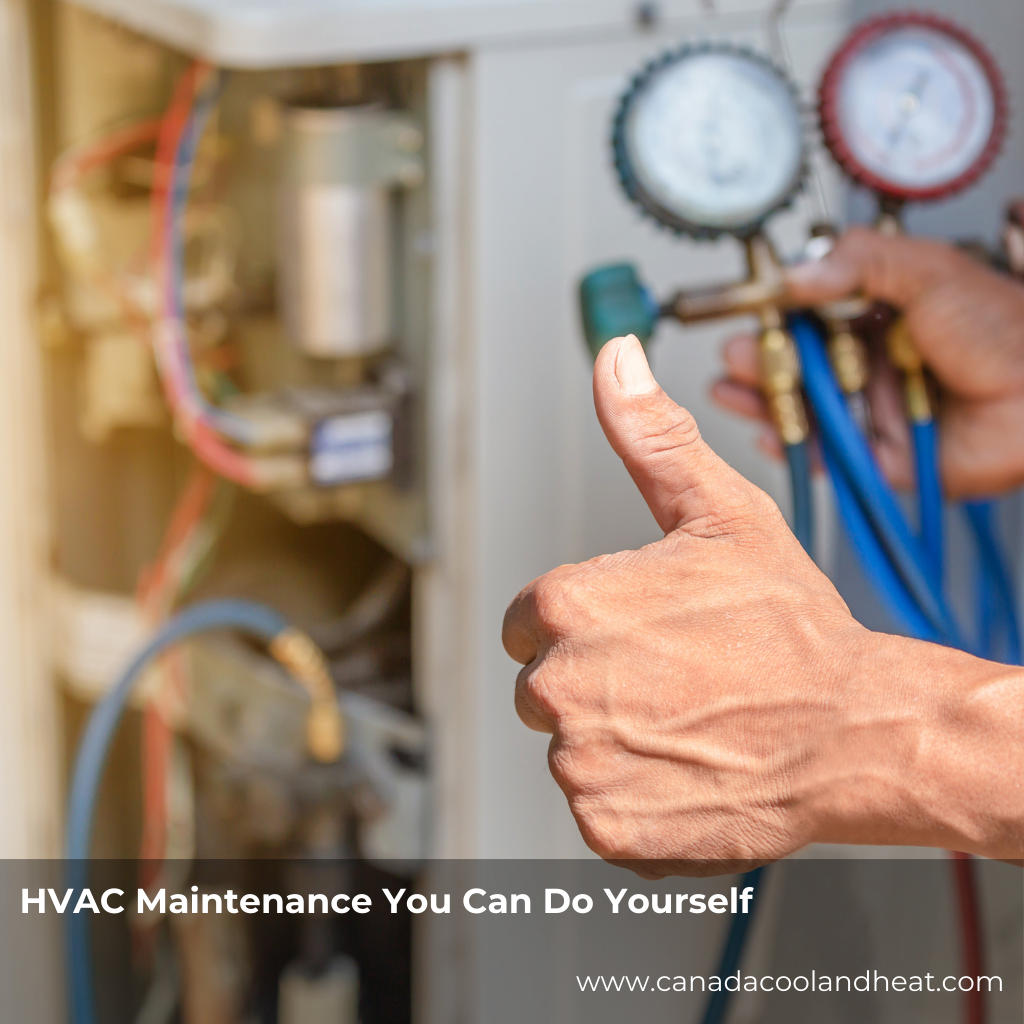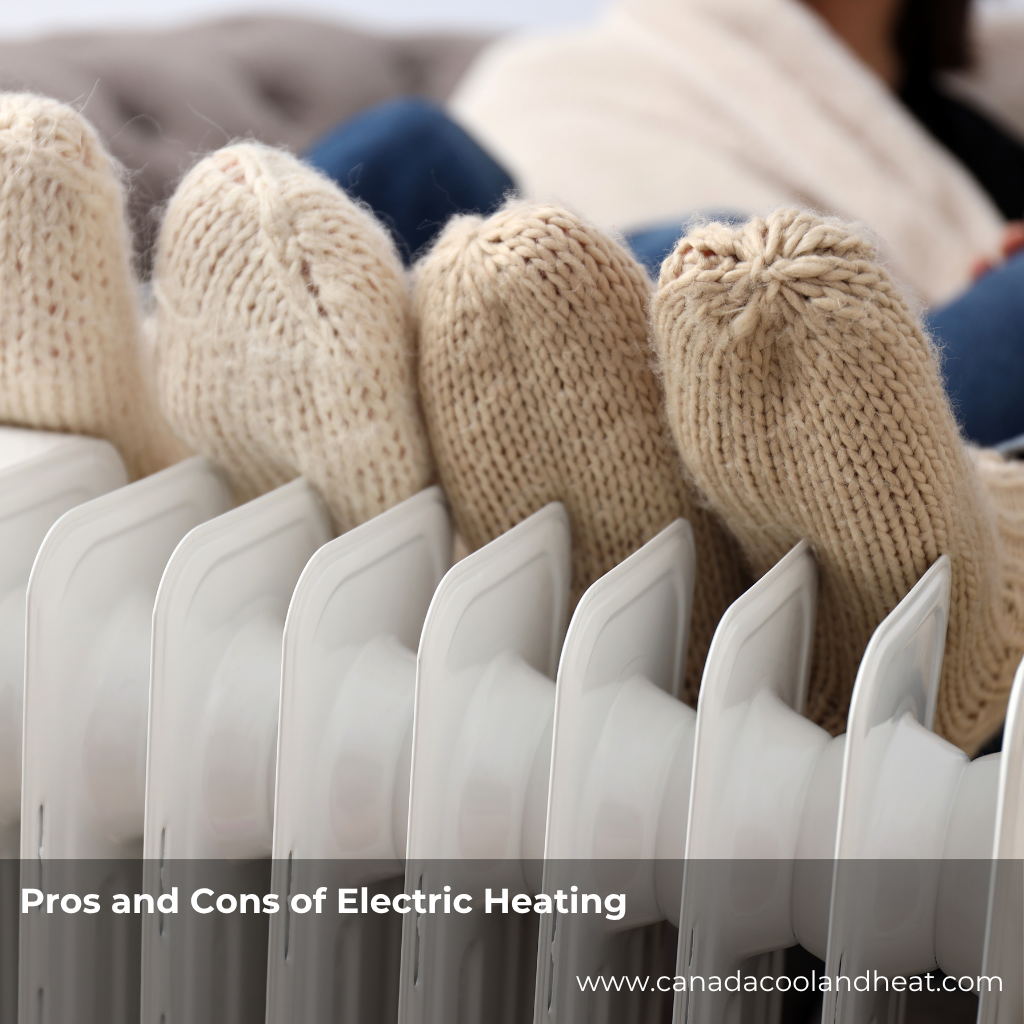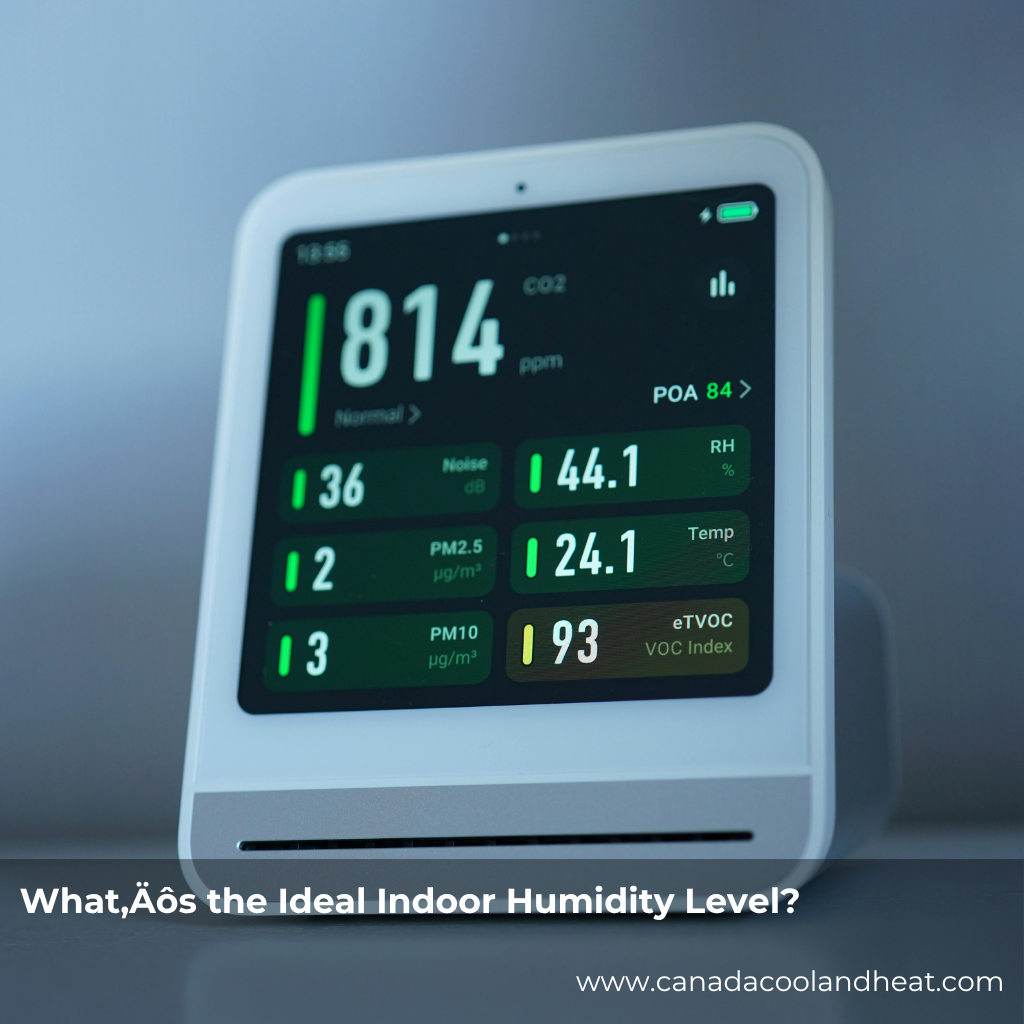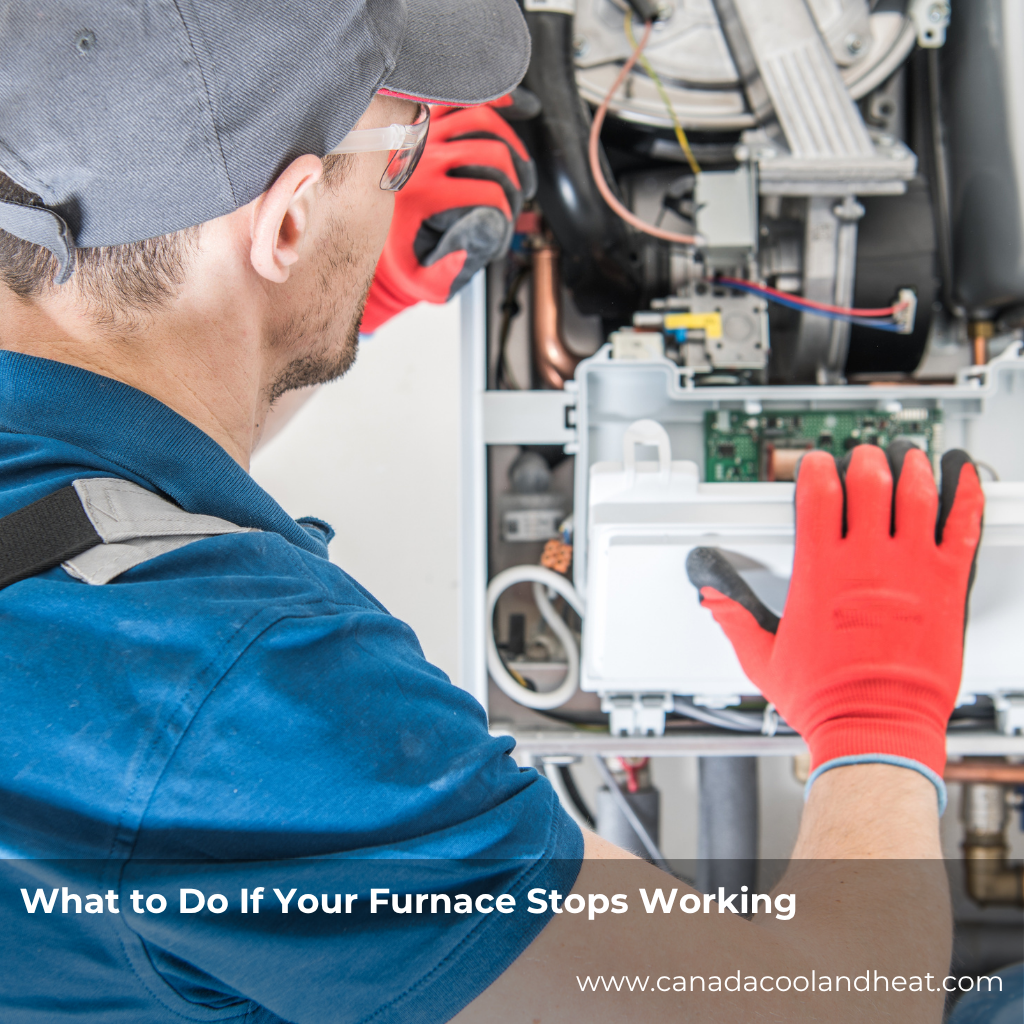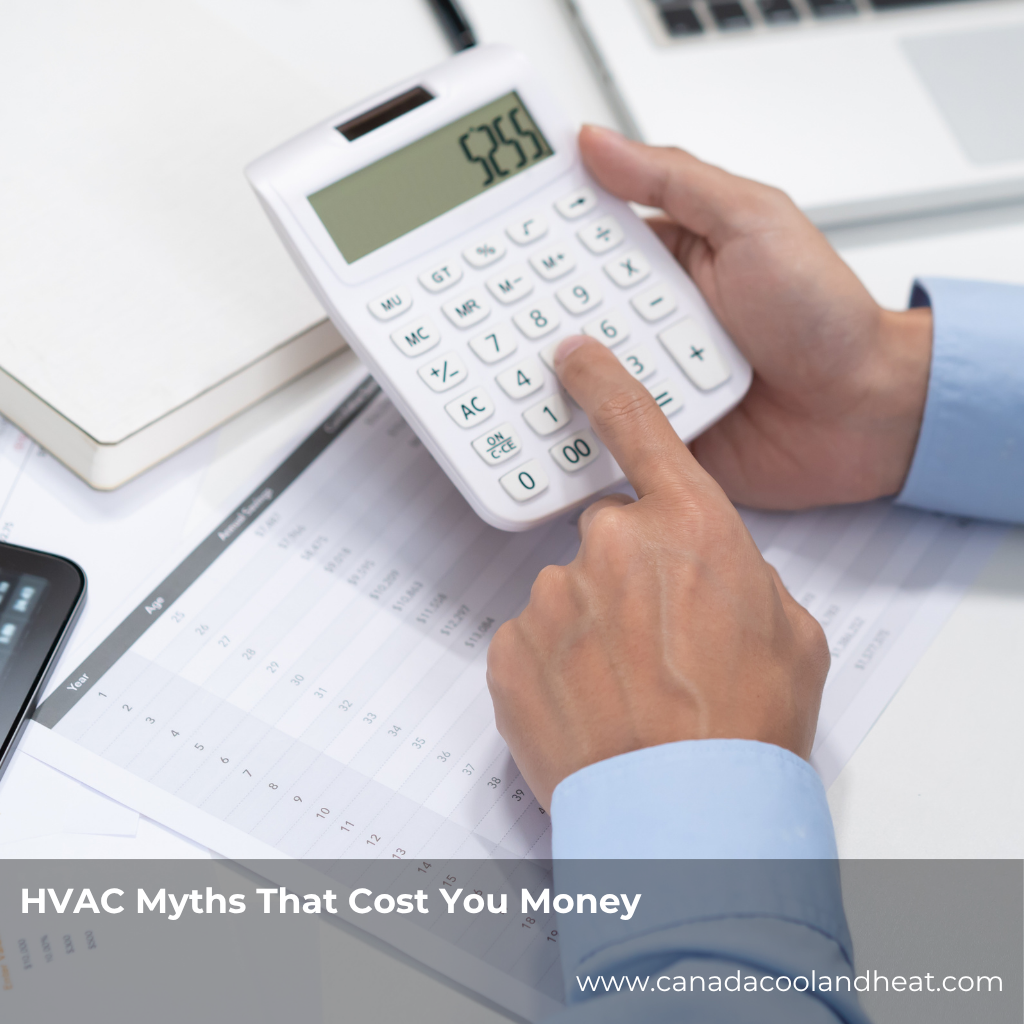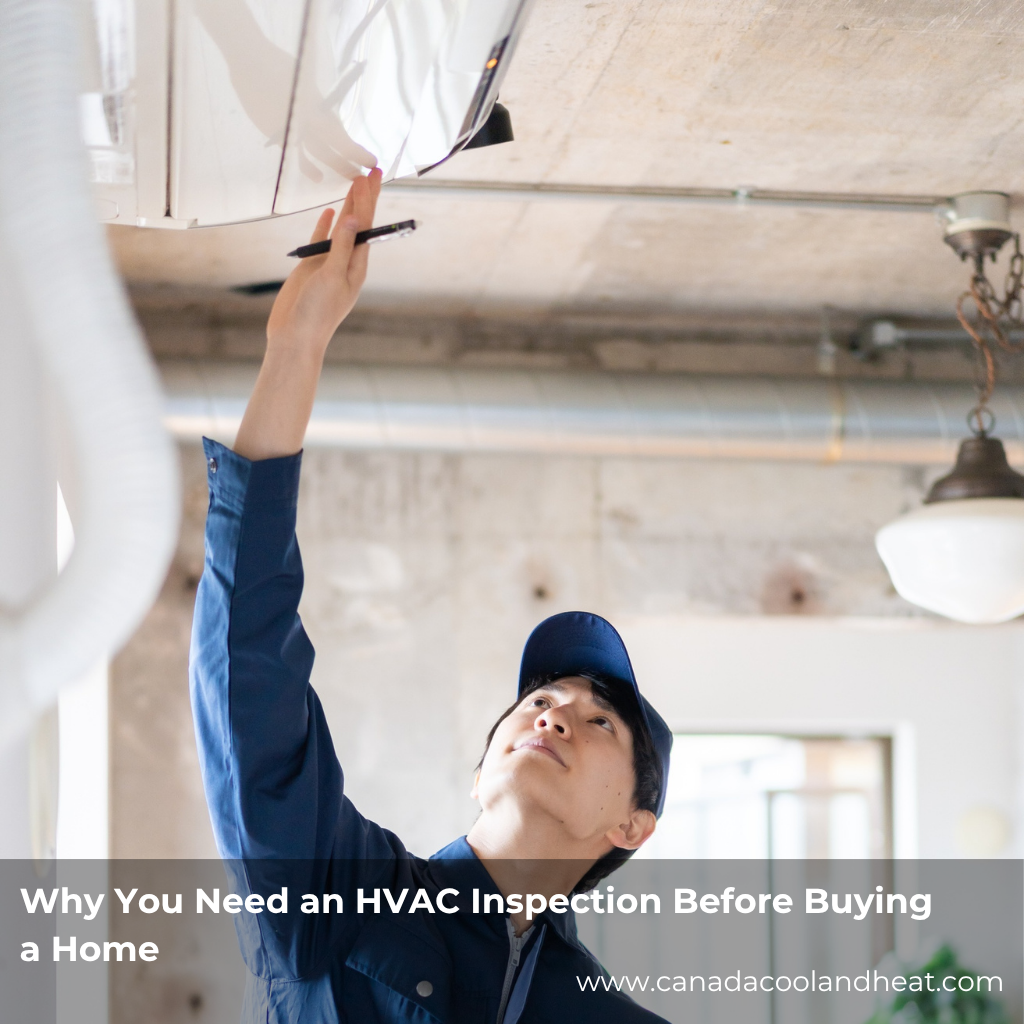Why Proper Ventilation for Cooking Matters
Cooking releases more than just delicious aromas. Heat, steam, smoke, and grease particles fill the air and can linger long after the meal is done. Without a good ventilation system:
-
Moisture builds up, encouraging mold growth.
-
Grease collects on walls, cabinets, and ceilings.
-
Odors linger, making your kitchen (and home) less pleasant.
-
Indoor air quality suffers, which can affect your health over time.
A properly functioning range hood does more than vent smoke—it keeps your home’s air clean and your HVAC system from shouldering the extra burden.
How Range Hoods Affect HVAC Balance
Here’s where things get interesting: your range hood is essentially a big fan pulling air out of your kitchen. The stronger it is, the more air it pulls. But that air has to be replaced somehow.
-
If balanced correctly: The hood pulls smoke and odors outside, and your HVAC system compensates with fresh, conditioned air.
-
If unbalanced: The hood may create negative pressure in your home, drawing in unfiltered outside air through cracks, windows, or even backdrafting from your fireplace.
That negative pressure not only makes your HVAC system work harder but can also bring in dust, pollen, and humidity—undoing the comfort your HVAC is designed to provide.
👉 Pro Tip: If you notice doors slamming shut when you run your range hood, it’s a sign your system might be out of balance.
DIY Maintenance for Vent Hood HVAC Kitchens
You don’t need to be a professional technician to keep your kitchen ventilation system working properly. Here are some practical steps you can take:
1. Clean the Filters
-
Metal Mesh Filters: Wash them monthly in warm, soapy water.
-
Charcoal Filters (for ductless hoods): Replace every 3–6 months depending on use.
2. Check the Ductwork
-
Make sure the vent duct leads outside, not just into the attic.
-
Inspect for blockages like nests, grease buildup, or lint.
3. Test the Airflow
-
Hold a tissue or piece of paper near the hood intake—if it doesn’t get pulled up, your fan may be clogged or underpowered.
4. Inspect the Fan Blades
-
Unplug the hood, remove the cover, and wipe down the blades. Grease buildup here reduces efficiency.
5. Listen for Strange Sounds
-
Grinding, rattling, or squealing noises could mean worn-out bearings or loose components. Addressing them early can prevent costly repairs.
Sizing Guidelines for Kitchen Vent Hoods
One of the biggest mistakes homeowners make is installing a vent hood that’s too small or too powerful for their space. Both can throw your HVAC system off balance.
Here are some general rules of thumb:
-
Hood Width: Match or exceed the width of your cooktop. If your cooktop is 36 inches, your hood should be at least 36 inches wide.
-
Airflow (CFM – cubic feet per minute):
-
Electric Cooktop: 100 CFM for every 10 inches of cooktop width.
-
Gas Cooktop: 100 CFM for every 10,000 BTUs of burner output.
-
-
Mounting Height: Install the hood 24–30 inches above an electric cooktop, or 28–36 inches above a gas cooktop.
-
Duct Size: Bigger is better—at least 6 inches in diameter for standard residential hoods.
👉 Balance Tip: If your hood is over 400 CFM, you may need a makeup air system that brings in fresh air to replace what’s exhausted. This keeps your HVAC from struggling.
Common Mistakes to Avoid
-
Using a recirculating hood without filters: This just blows greasy air back into the room.
-
Neglecting duct maintenance: Clogs and leaks reduce airflow and increase energy use.
-
Oversizing the hood: Bigger isn’t always better—it can create too much negative pressure.
-
Ignoring backdraft issues: If you have a fireplace or gas appliances, negative pressure can pull combustion gases back inside.
Conclusion
Maintaining your kitchen’s vent hood may not be the most glamorous DIY project, but it plays a vital role in both air quality and HVAC efficiency. By keeping filters clean, checking ductwork, and making sure your system is properly sized, you’ll ensure that your vent hood HVAC kitchens work together instead of against each other.
So the next time you’re pan-frying salmon or whipping up stir-fry, you can flip on your range hood with confidence—knowing your kitchen air will stay fresh and your HVAC won’t be left gasping for balance.
FAQ
1. How often should I clean my vent hood filters?
At least once a month for metal mesh filters. Charcoal filters should be replaced every 3–6 months.
2. Can I install a vent hood myself?
Yes, if it’s a recirculating model. For ducted systems, you may want professional help to ensure proper venting and balance.
3. What’s the ideal CFM for a gas range?
About 100 CFM for every 10,000 BTUs of burner output.
4. Do all vent hoods need ductwork?
No, some are ductless (recirculating), but ducted models provide the best ventilation for cooking.
5. What is a makeup air system?
It’s a system that replaces the air exhausted by your range hood with fresh, conditioned air to prevent negative pressure.
6. Why does my HVAC feel strained when I cook?
Your hood may be oversized or unbalanced, pulling more air than your HVAC can replace.
7. Can grease in the vent hood cause a fire?
Yes. Built-up grease can ignite if it comes into contact with high heat or flames. Regular cleaning reduces this risk.
8. What’s the difference between ducted and ductless hoods?
Ducted hoods vent air outside, while ductless hoods filter and recirculate air inside the home.
9. How do I know if my hood is too powerful?
Signs include drafts, slamming doors, and HVAC short cycling.
10. Should I run the hood during the whole time I cook?
Yes—turn it on before you start cooking and leave it running for 10–15 minutes after to clear residual smoke and odors.

